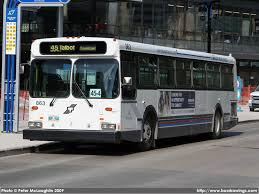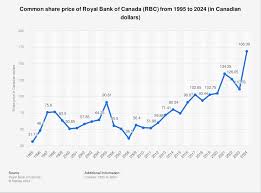
Introduction to Winnipeg Transit
Winnipeg Transit is a vital public transportation system serving the Manitoba capital, providing essential connectivity for residents and visitors alike. In recent times, the focus on enhancing transit services has become increasingly important, especially amid ongoing discussions about sustainable urban development and post-pandemic recovery. With challenges in ridership and service availability, understanding the current changes in Winnipeg Transit is crucial for maximizing its efficiency and accessibility.
Key Changes and Developments
Recently, Winnipeg Transit has announced several updates to its services that are set to take effect starting this fall. Notably, the transit authority is implementing changes to the bus routes and schedules to better accommodate the needs of the community. According to a statement from the City of Winnipeg, adjustments will include increased frequency on high-demand routes, as well as an expanded network of low-emission buses aimed at reducing the carbon footprint.
In addition, Winnipeg Transit is rolling out an innovative app to enhance user experience. The app will offer real-time tracking of buses, updated schedule information, and the option to purchase fares directly from mobile devices. This development is part of an overall effort to modernize public transit in the city and to improve convenience for users.
Furthermore, the city is considering integrating more bike racks on buses and establishing dedicated bike lanes to promote eco-friendly commuting options. The initiative reflects growing support for active transportation and aims to create a more cohesive commuting experience.
Community Engagement and Feedback
To ensure that the changes align with the community’s needs, Winnipeg Transit has initiated a series of public consultation sessions. Feedback from these sessions revealed that residents desire better accessibility, especially for individuals with disabilities. Transit officials are working on strategies to improve on-bus accessibility features and ensure inclusive services.
Conclusion: The Future of Winnipeg Transit
The ongoing developments in Winnipeg Transit reflect a broader commitment to improving public transportation in urban settings. As the city continues to adapt to new transportation needs, including those sparked by the COVID-19 pandemic, enhancements aimed at convenience, sustainability, and inclusivity are essential. As these initiatives come to fruition, residents can look forward to a more efficient and user-friendly transit system, helping to ease congestion and promote a greener Winnipeg. Looking forward, it remains imperative for local authorities to maintain communication with the public, ensuring that Winnipeg Transit evolves in line with community expectations and environmental sustainability goals.

